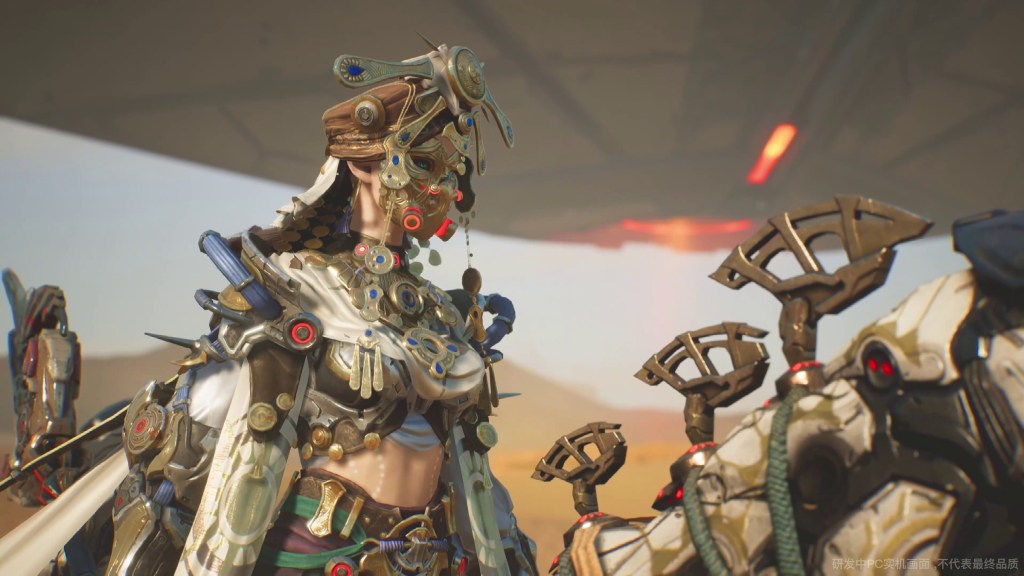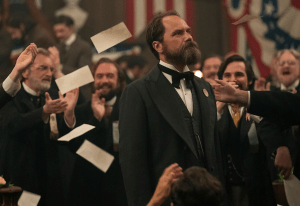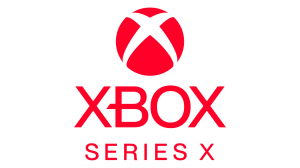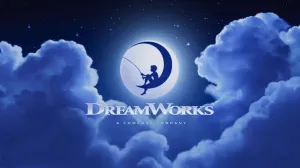Tencent and Sony have been locked in a potential legal fight over the upcoming game, Light of Motiram. Sony has accused the game developer of essentially making a copy of their Horizon game series. Both games have a certain amount in common, including similar looking main characters, survival game mechanics in an open-world environment, and mechanized wildlife that players come up against.
Videos by ComicBook.com
The similarities are distinct enough that Tencent has been sued by Sony for copyright and trademark infringement. If the court sides with Sony, Tencent would be forced to change their marketing approach and redesign the main character even further than they already have, potentially upending the game from Tencent subsidiary Polaris Quest. However, that focus on the main character is where Tencent has made a unique — and quietly compelling — case in their defense. And strangely enough, it involves Mickey Mouse.
Tencent’s Mickey Mouse Defense, Explained

Tencent has cited Mickey Mouse as their primary argument in defense of Light of Motiram, which may seem strange at first. However, their defense might actually have some merit and could become an important legal distinction in deciding when a game is a rip-off or not. Tencent’s big defense of Light of Motiram argues that, for all the game’s similarities to the Horizon titles, there is nothing that prohibits them from having similar characters.
Tencent’s motion to dismiss the lawsuit has several points, but one of the most compelling involves a comparison to Mickey Mouse and the Walt Disney Company. Disney uses Mickey Mouse as effectively their brand icon, with various versions of Mickey used in assorted Disney properties. However, Disney doesn’t have a single legal registration for all of them, but rather holds several legal trademarks on specific iterations of Mickey. In essence, the variations of Mickey Mouse used in different advertising highlight how a single character doesn’t equate to the entire brand, but serves as a representation of a specific product or service.
Tencent’s argument is that character trademarks apply when there is a specific, consistent version of the character, who is used in that same form for every piece of advertising or intellectual property. Aloy from Horizon Dawn has only appeared in a few games to date, and Tencent argues that no single version of Aloy has become a consistent branding tool outside of the game. Further, Tencent argues that the descriptions of what their character is allegedly ripping off from Aloy, like “attire, accessories, and facial markings,” are broad enough that they could apply to all sorts of characters. The argument seems to be that Horizon Dawn and Light of Motiram might be pulling from the same general concepts, but that Aloy isn’t enough of a brand on her own to make Lights of Motiram theft of their intellectual property.
Why The Mickey Mouse Defense Might Work Out For Tencent

While Tencent seemingly acknowledges that their advertising needed to be tweaked in light of the lawsuit, their argument in defense of Light of Motriam hinges on the idea that their game protagonist doesn’t have enough direct similarities to Aloy, and that her lack of a single streamlined representation means she doesn’t count as a brand on her own. Instead, she’s a character who may be similar to their protagonist, but as a result wouldn’t be considered brand infringement.
It’s a surprisingly compelling argument, especially in light of how Disney’s own copyright status with Mickey Mouse has been in flux. Steamboat Willie, the very first Mickey Mouse short, entered the public domain. This means that people can create their own riffs on that specific version of Mickey. The other iterations of the character that exist have their own specific trademarks, especially the ones that operate as brand logos for the company. This suggests that courts don’t consider a single version of a character to be a fully trademarked and branded piece of media for an entire company unless they are consistently depicted in that form in all iterations.
Otherwise, each iteration needs a different trademark, as is the case with Mickey Mouse. Aloy isn’t the main focus of Sony’s overall brand, and even the Horizon series — which to date consists of only two mainline titles and two spin-offs — doesn’t utilize a single look for the character as the full marketing brand. If Sony were to successfully argue that Aloy is a copyrighted brand mascot, it could potentially apply to any other character who looks too much like her. This could be why Nintendo’s similar approach to arguing that Palworld is too similar to Pokémon didn’t focus on brand copyrights but patents on specific gameplay mechanics. Ultimately, the case will be decided next year.
However, it’s worth considering what a victory for Tencent would mean for the gaming industry as a whole. It could be used to justify games that have similar visual styles to established IP, especially if the properties in question don’t have the same consistent character design for each and every representation of the company. The Mickey Mouse defense effectively argues that, legally speaking, specific character designs have to be identifiable across media and public presentation to be considered copyrighted brands. If Tencent loses the case, they will have to further alter their game and potentially shut it down altogether. However, a victory could open the door not just for Light of Motiram to move forward, but could also allow other games to have similar legal defenses.








